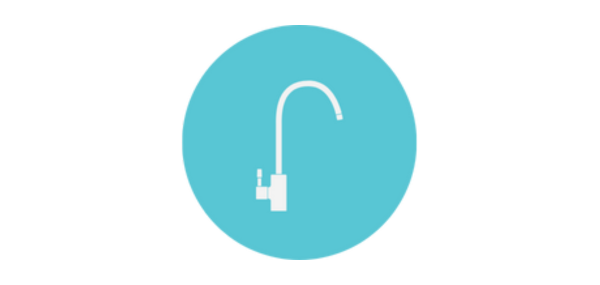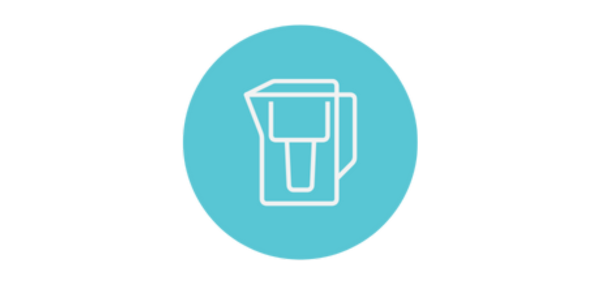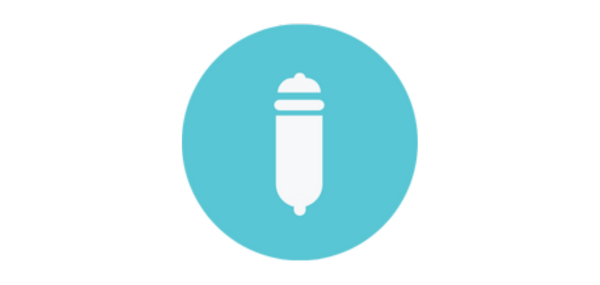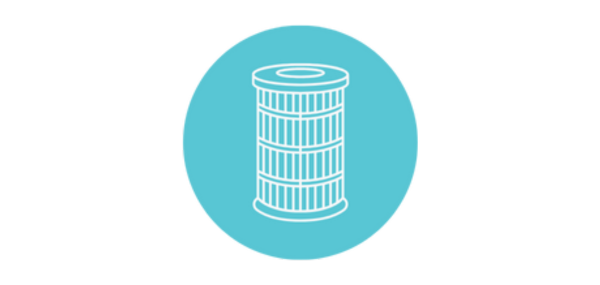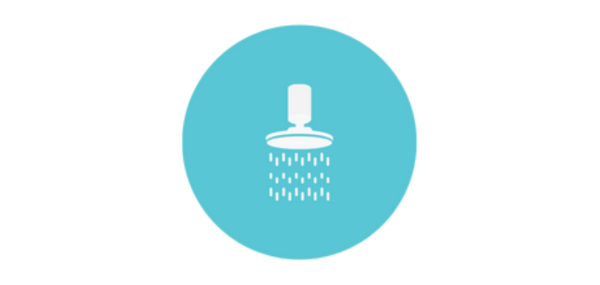

Aquatech 2025 – Amsterdam Reflection
Attending Aquatech 2025 in Amsterdam was both energising and grounding. On a personal level, it felt like home — my grandparents are from the Netherlands, so being surrounded by the language, the accents, and the calm efficiency of the city stirred something familiar in me. Major cities like Amsterdam show how universal the world is becoming — smooth public systems, ease of movement, and tech-enabled simplicity.
The tap water was outstanding. The Netherlands is known for its high-quality drinking water, and rightly so. I learned that twice a year, many Dutch municipalities clean their pipework using ozone — a strong oxidant that helps remove biofilm and maintain hygienic pipes. This is possible thanks to high population density, flat geography, and better-funded infrastructure. In contrast, New Zealand’s water networks face more logistical and budgetary challenges, especially in rural or hilly regions.
PFAS – Complex, Critical, and Commercialised
PFAS dominated conversations at the show. With over 10,000 different compounds grouped under the “PFAS” umbrella, the challenge of removing them from water is enormous. Most municipal plants and regulatory bodies have narrowed their focus to the most studied and prevalent ones — usually the “PFAS-7” (e.g. PFOA, PFOS, GenX, etc.) — which have known health impacts and are now regulated or monitored in many countries.
Home filtration media options are still mostly based around carbon, ion exchange, and emerging resin blends. The market is noisy, and while there are some good solutions, there’s also a tendency to overpromise. We make a point at Ionza never to do that — if a filter reduces something, we say so; if it removes it, only then do we use that word.
There was a standout innovation I’m exploring for potential import — a compact, chemical-free vortex technology that uses centrifugal force to reduce biofilm, scale, and bacteria without power or maintenance. The concept is clever, sustainable, and potentially valuable for certain NZ industries.
But in contrast to the excitement of tech, I left with a lingering sadness too.
There’s a sense — especially in large expos — that science is sometimes being driven more by market potential than honest inquiry. I often wonder: Do we really stop and ask why we’re filtering certain contaminants? Or do we just react to headlines, fund the solutions that sell, and chase the next big contaminant?
In spaces like this, it’s easy to get swept up in the commercial momentum — but for me, the core motivation has always been different. I’m drawn to solving root issues. Sometimes I wonder if filtration is even the right answer — or if exposure to the full consequences of our industrial systems would force us to take responsibility, and see the environment as an extension of ourselves. Because in many ways, it is.
One talk I attended — "Integrating Human Behaviour Insights into Technology Adoption for Water Conservation" — was particularly relevant to our challenges back home. One statistic surprised me: tourists in New Zealand are among the world’s highest per capita water users, just behind Singapore. The speaker noted that New Zealanders and visitors use up to 7 times more water daily than people in India.
It made me question the scope of the data: were they measuring home use only, or also accounting for infrastructure losses? In Wellington, for example, nearly 50% of water is lost before it even reaches households — a huge inefficiency. So what are we really measuring when we talk about usage?
Despite all the noise, Aquatech left me reassured. The systems we’ve selected for New Zealanders are well-suited to our conditions, and we’re staying grounded in solutions that serve people and the land. But it also reminded me to keep asking hard questions — not just about contaminants, but about the motivations behind how we tackle them.
See Photos of the Event: Click here


